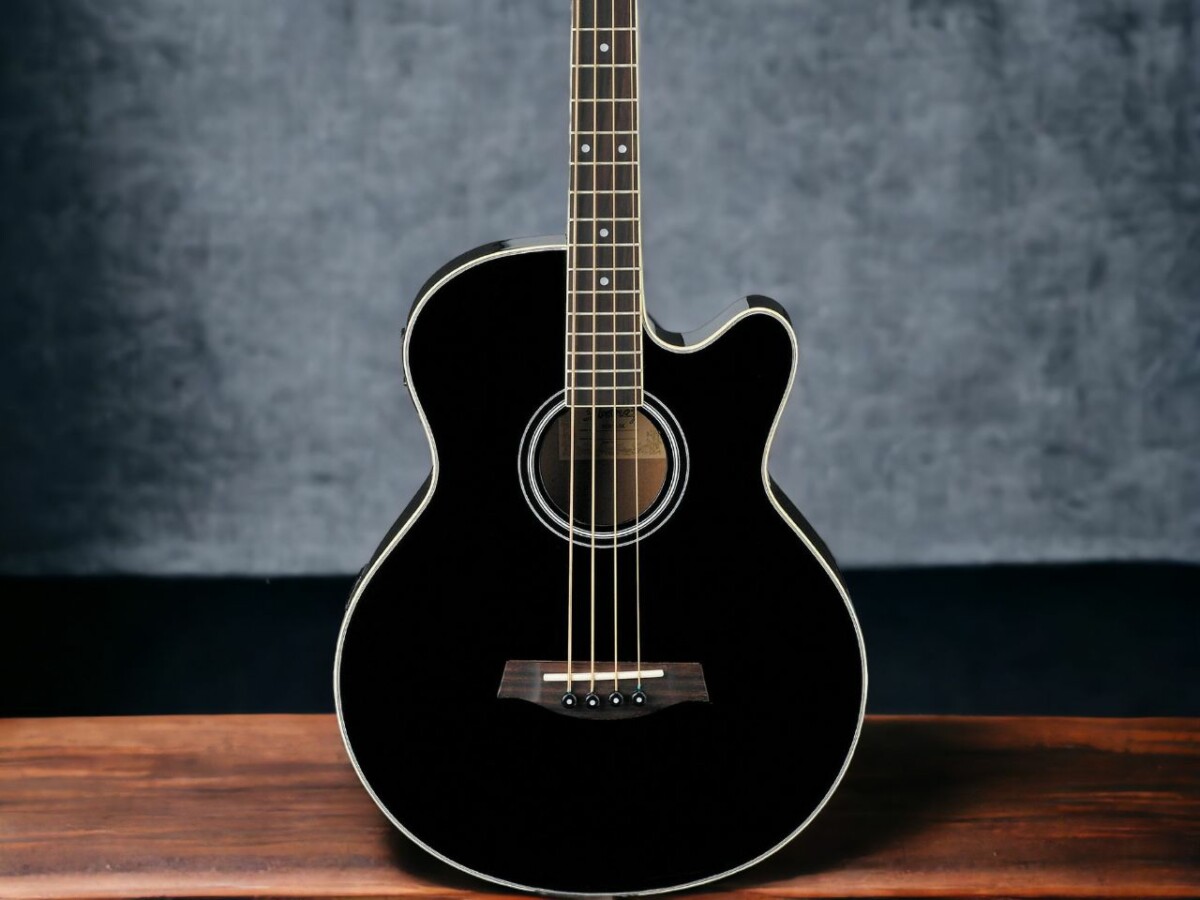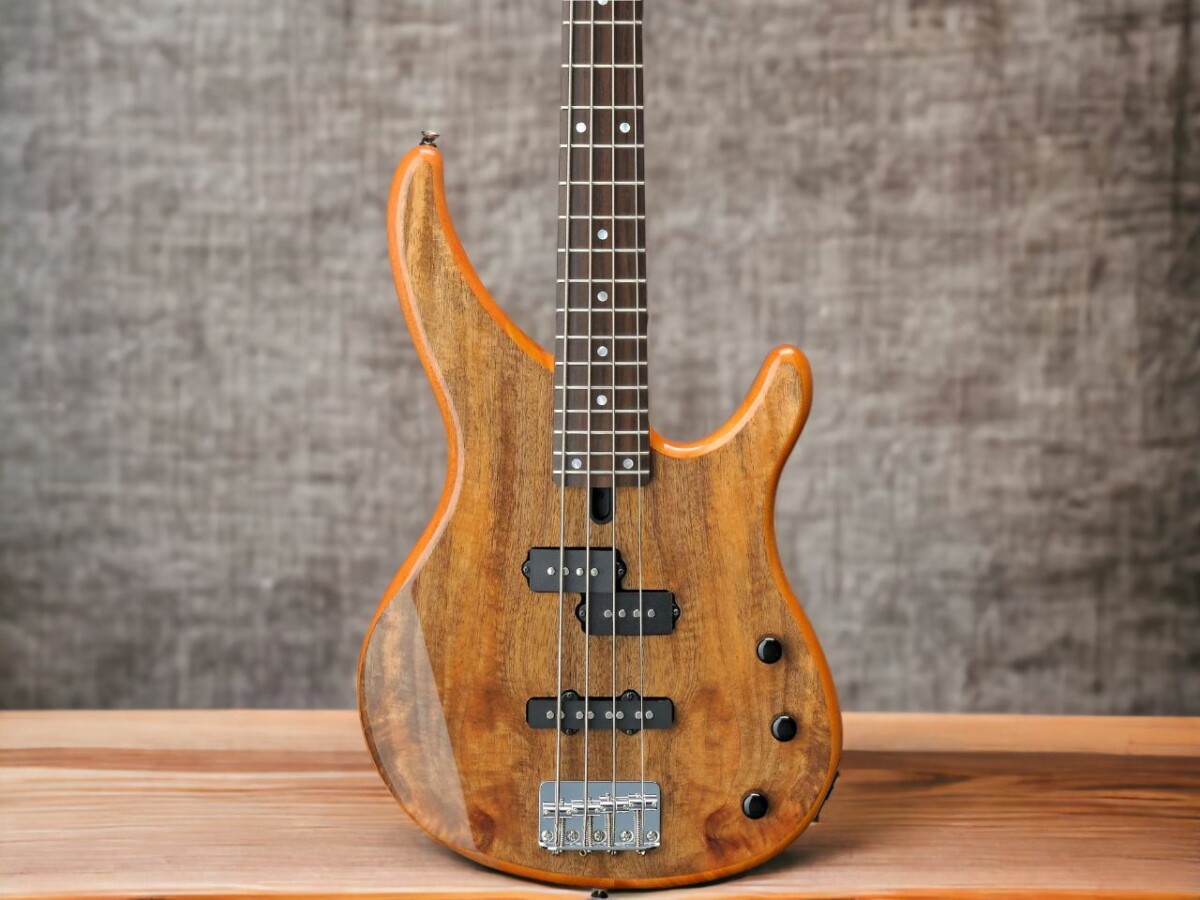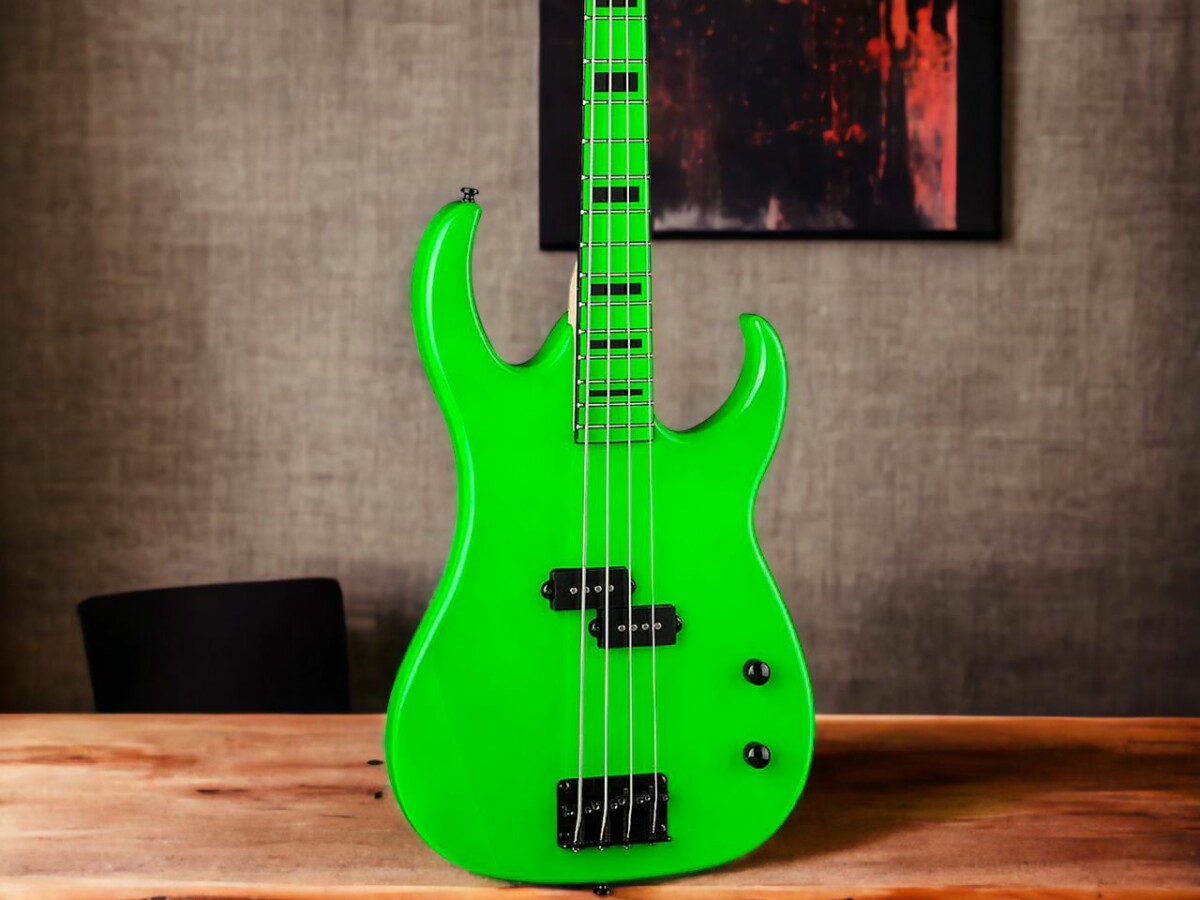Just like how a top-notch chef needs killer tools to whip up a culinary storm, you need the right gear to belt out your bass guitar magic.
You’re probably thinking, ‘Can I hook up my bass guitar to my computer?’ Absolutely, you can! This guide’s got your back, walking you through the whole process.
We’ll show you how to get jiggy with a USB interface, set up the right driver, and get friendly with the hottest software. Plus, we’ll shed some light on potential hiccups you might bump into and other routes you could take.
Ready to jumpstart your recording saga? Let’s do this!
Can A Bass Guitar Be Connected To A Computer?
Yes, you can plug your bass guitar into your computer, But, you will need an audio interface to connect the bass and convert the analog signal to a digital one for the computer.
A USB interface is the way to go, my friend. It’s a total game-changer that will amp up your recording experience, delivering top-notch sound quality and flexibility that’s hard to beat.
The USB interface is like your own personal digital audio workstation. It takes the analog signal from your bass, flips it into a digital format, and then lets you mess around with it on your computer.
Now, when you’re checking out different USB interfaces, like the Focusrite Scarlett 2i2 or the Apogee Jam, you’re going to come across terms like bit rates and sampling rates. No need to freak out – it’s simple stuff. The gist of it’s that a higher bit rate and sampling rate equals a more accurate sound from your bass.
In a nutshell, a solid USB interface can really take your bass guitar recording to the next level. It’s like the secret ingredient to make your sound pop!
Downloading the Correct Driver(s) for USB Interface
Alright, let’s chat about the serious stuff. We’re talking about downloading the right driver for your USB interface. This isn’t just some random tech jargon, it’s super important. Why, you may ask? Well, getting the right driver the first time around can save you from a world of compatibility issues later on.
Picture this – you’ve downloaded a driver that’s tailor-made for your interface model. It fits with your computer’s operating system like a glove. That’s what we’re after! But if you hit a snag, don’t sweat it. Driver issues usually come down to needing an update or a reinstallation.
But here’s a heads up, using an outdated or incorrect driver isn’t just a minor inconvenience. We’re talking poor sound quality, lag, and worst-case scenario, damage to your hardware. Not cool, right? That’s why it’s crucial to play it safe and follow the manufacturer’s instructions for installing and troubleshooting the driver.
The Role of Monitoring Software in Bass Guitar Sound Processing
Alright, get ready for a deep dive into the world of monitoring software and how it totally transforms the sound of your bass guitar when you hook it up to your computer. Let’s get into the nitty-gritty, shall we?
What’s up with monitoring software?
Think of this software as your personal soundboard controller. It lets you listen to what your bass is pumping out, tweak the volume, slap on some effects, and mess around with the EQ. Big names in the game like Cubase and ProTools are the go-to for most pros.
Sorting out pesky problems:
Running into some annoying latency? A quick fix could be to drop your memory buffer in the ASIO settings. Sound not quite hitting the mark? It might be worth giving your USB interface and driver a once-over.
Gear to consider:
You could totally boost your sound processing game with a USB interface like the Focusrite Scarlett 2i2 or the Apogee Jam. They’re legit game-changers. On a side note, if you’re ever curious about playing bass guitar with a bow, there are some nifty techniques out there.
Exploring Alternative Options for Bass Guitar Connection
Sure, we’ve touched on the basics, but there’s a whole world of alternate methods out there for hooking up your bass guitar to your PC.
One such way would be using the Rocksmith Realtone cable. Think of it as a bridge between your guitar and your computer, connecting through a USB port. It’s as easy as plug in and play, no need for any extra drivers or software fuss. While on the subject of bass guitars, there are certain considerations you might want to take into account, such as shipping a bass guitar if you ever need to move it safely.
You could also play around with adapters and connectors, even going as far as connecting your bass straight to your computer’s microphone input. Just keep an eye on the sound quality and signal strength, these can fluctuate quite a bit.
But hey, no one setup is perfect and each will have its ups and downs. So, it’s super important to try out different connections, taking into account your specific requirements and the tech capabilities of your gear. For instance, ever considered a bass guitar as a lead instrument? It’s an interesting approach worth exploring.
Addressing Latency Issues When Connecting Bass Guitar to Computer
When you’re jamming on your bass guitar and decide to hook it up to your computer, you might bump into some annoying latency issues. But hey, don’t sweat it! We’ve got some solid solutions to get you back in the groove.
Just to break it down, latency is that annoying lag between strumming a note and when it actually rings out on your computer.
First up, you could tweak the ASIO settings to cut down that lag time. What’s ASIO? It’s just a fancy term for Audio Stream Input/Output – it’s how your computer handles sound. By messing around with the settings, particularly the memory buffer, you can minimize that pesky delay.
Another handy trick is to get your hands on a dedicated audio interface. These bad boys are built to deal with sound processing, taking some of the load off your computer and ultimately slashing that latency.
Also, it’s worth checking if your drivers are up-to-date. Whether you’re using an audio interface or a USB cable, having outdated drivers can seriously mess with your sound and cause unnecessary latency.
Keep in mind, sorting out these latency issues might need some patience and a bit of experimentation. But hey, don’t throw in the towel yet. Your ideal setup is just around the corner. Just stay chill and keep tweaking – you’ve got this!
Conclusion
There you go! It’s not rocket science to plug your bass guitar into your computer. All you need is the right gear, like a USB interface, the appropriate driver, and some kick-ass monitoring software.
The options are endless, from the Focusrite Scarlett 2i2, Apogee Jam, or even the Rocksmith Realtone cable. It’s all up to you!
Don’t stress about latency issues; with this advice, you’re ready to rock those bass notes and record your jams flawlessly and smoothly.
Remember, it’s all about the groove!




